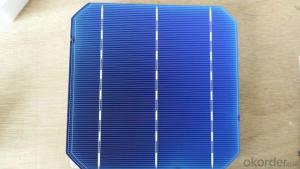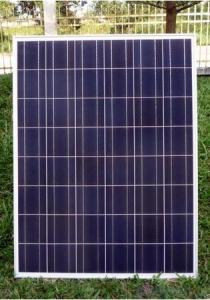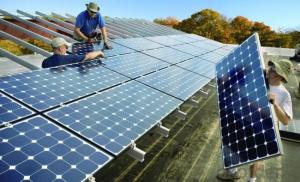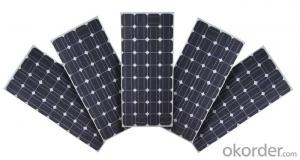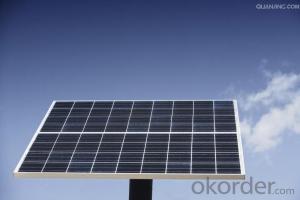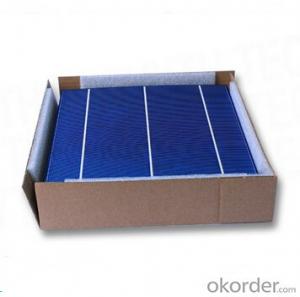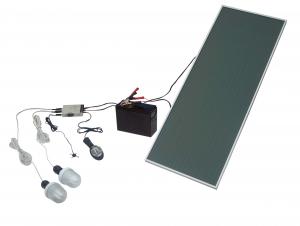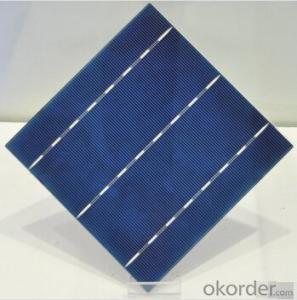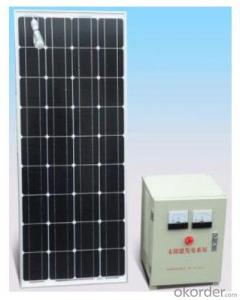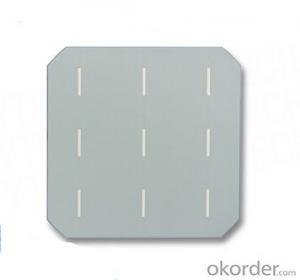6x6 Solar Cells Kit
6x6 Solar Cells Kit Related Searches
Raw Material For Solar Cells Roof Shingles With Solar Cells High Quality Solar Cells Light Trapping In Solar Cells High Performance Solar Cells High Output Solar Cells Best Solar Cells In The World Energy Transfer In Solar Cells Recombination In Solar Cells Hot Solar CellsHot Searches
Solar Inverter Kit Price Buy Hot Water Bag Solar Inverter Pcb Kit Cost Of Cement Bag Silver Tea Set Prices Silver Dinner Set Online Shopping Cheap Solar Cells For Sale Flexible Solar Cells For Sale Q Cells Solar Panels For Sale Printed Solar Cells For Sale Bulk Solar Cells For Sale 6x6 Solar Cells For Sale Broken Solar Cells For Sale Cpv Solar Cells For Sale Photoelectric Cells For Sale Price Of Silicon Solar Cells Price Of Solar Cells Over Time Buy Solar Cells From China Cheap Solar Cells China Best Type Of Solar Cells6x6 Solar Cells Kit Supplier & Manufacturer from China
Okorder.com is a professional 6x6 Solar Cells Kit supplier & manufacturer, offers integrated one-stop services including real-time quoting and online cargo tracking. We are funded by CNBM Group, a Fortune 500 enterprise and the largest 6x6 Solar Cells Kit firm in China.Hot Products
FAQ
- Bird droppings can significantly reduce the efficiency of solar cells. The droppings create a layer of dirt and debris on the surface of the cells, blocking sunlight from reaching the photovoltaic materials. This obstruction can result in a decrease in electricity generation and overall performance of the solar panels. Regular cleaning and maintenance are necessary to maintain optimal efficiency and prevent any long-term damage caused by bird droppings.
- Yes, solar cells can be used to power electric gates. Solar cells convert sunlight into electricity, which can be stored in batteries or directly used to power various devices. By installing solar panels near the gate, the generated electricity can be utilized to operate and control electric gates, providing a sustainable and reliable source of power.
- Yes, solar cells can definitely be used in off-grid cabins or cottages. Solar panels can generate electricity by converting sunlight into usable energy, which can then be stored in batteries for later use. This makes them an excellent choice for powering remote locations like off-grid cabins or cottages where access to the electrical grid may be limited or non-existent.
- Yes, solar cells can be used in remote areas with no access to electricity. Solar cells convert sunlight into electricity, making them a reliable and sustainable source of power in areas where grid connectivity is absent. They are particularly well-suited for remote locations due to their portability, low maintenance requirements, and ability to generate electricity even in harsh environmental conditions.
- Yes, solar cells can be used in combination with batteries. The electricity generated by solar cells during the day can be stored in batteries for later use, allowing for a continuous supply of power even when the sun is not shining or during power outages. This combination is commonly used in solar energy systems to enhance their reliability and provide a sustainable source of electricity.
- Yes, solar cells can be used in sports stadiums. They can be installed on the roofs or in parking lots to generate renewable energy and offset the electricity consumption of the stadium. This not only helps reduce the carbon footprint but also provides a sustainable and cost-effective energy solution for powering the stadium.
- The average lifespan of a solar cell in space can vary depending on several factors, such as the quality of the materials used, exposure to radiation, and maintenance. Generally, solar cells in space are designed to last anywhere from 10 to 25 years, but some have been known to continue functioning well beyond that timeframe.
- Solar cells contribute to reducing greenhouse gas emissions by generating electricity from sunlight, a renewable and clean source of energy. By harnessing solar power, solar cells eliminate the need for conventional fossil fuel-based electricity generation methods, such as burning coal or natural gas, which release large amounts of greenhouse gases into the atmosphere. Therefore, the widespread adoption of solar cells helps decrease our dependence on fossil fuels, mitigates climate change, and contributes to a more sustainable future.



